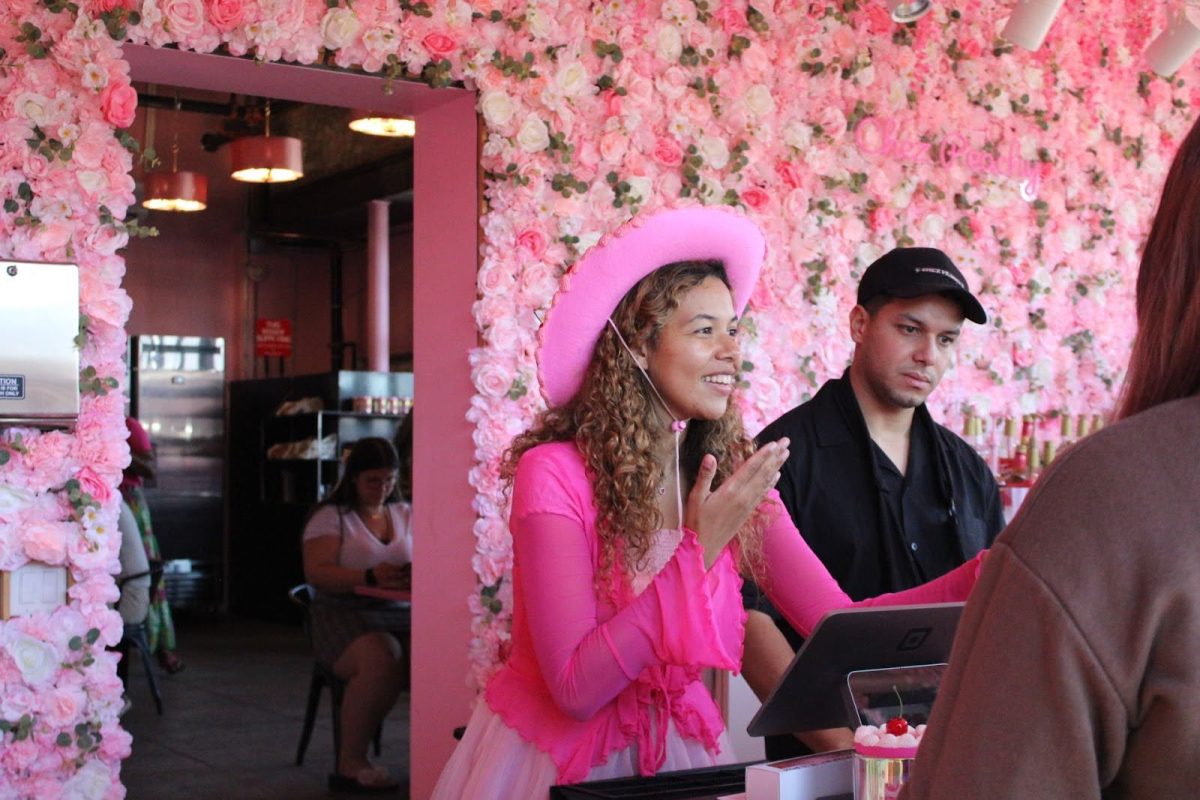We are used to thinking of growth as a positive thing. From pundits who rave about the wonders of globalization to economists who measure the country’s greatness by the size of the gross national product, the notion that constant growth is wonderful is incessantly drilled into our heads.
When it comes to education, however, smaller is better. The UA may have more undergraduates enrolling than ever before, but it might be something to worry about.
The reason is simple: smaller classrooms are conducive to better learning. They give professors the chance to give each student more attention. It is a rule of education that even class sizes reflect: most courses tend to have 40 or fewer students, and the most advanced, difficult classes are seminars with 15 or fewer students.
As history professor Julia Clancy-Smith told the Wildcat yesterday, “”If you want critical thinkers, good writers, good citizens, you’re not going to get them coming out of classes with 200 students.””
Yet, as the university’s newcomers are discovering, classes at the UA are as overstuffed as a messy calzone. Wait lists are growing longer and even the UA Mall seems more and more like an obstacle course.
At first glance, the jump in the size of the student body does not appear remarkable. According to the UA Factbook, total undergraduate enrollment grew from 26,157 in fall 1998 to 29,070 in fall 2007. That’s only 2,913 in a decade. The university has not yet released the number of freshmen enrolled this fall, but last fall it was 6,569.
But at a campus our size, even a mild population boom can have alarming consequences.
Look at Arizona State University, whose 51,311 undergraduates are spread across four campuses, two of which are larger individually than the 380-acre UA campus. The UA consistently ranks above ASU in national polls, and it boasts nationally famous programs and departments that its Phoenix counterpart cannot match. Clearly, size does not match quality.
There is another reason that more students could wind up hurting the quality of education at the UA: resources are limited. What matters is not simply the amount of money in the university’s budget, but how that money is distributed and spent. The larger the student body becomes, the more stretched the university’s resources are, and the less capable they are of meeting everyone’s needs.
Rather than continue to cry up the wonders of its ever-increasing student surplus, the UA needs to raise its admission standards. That is the only way to make sure that your overstuffed classroom is, at least, stuffed with dedicated students.
Editorials are determined by the Wildcat opinions board and written by one of its members. They are Andi Berlin, Justyn Dillingham, Lauren LePage, Lance Madden and Alisa Wilhelm.








